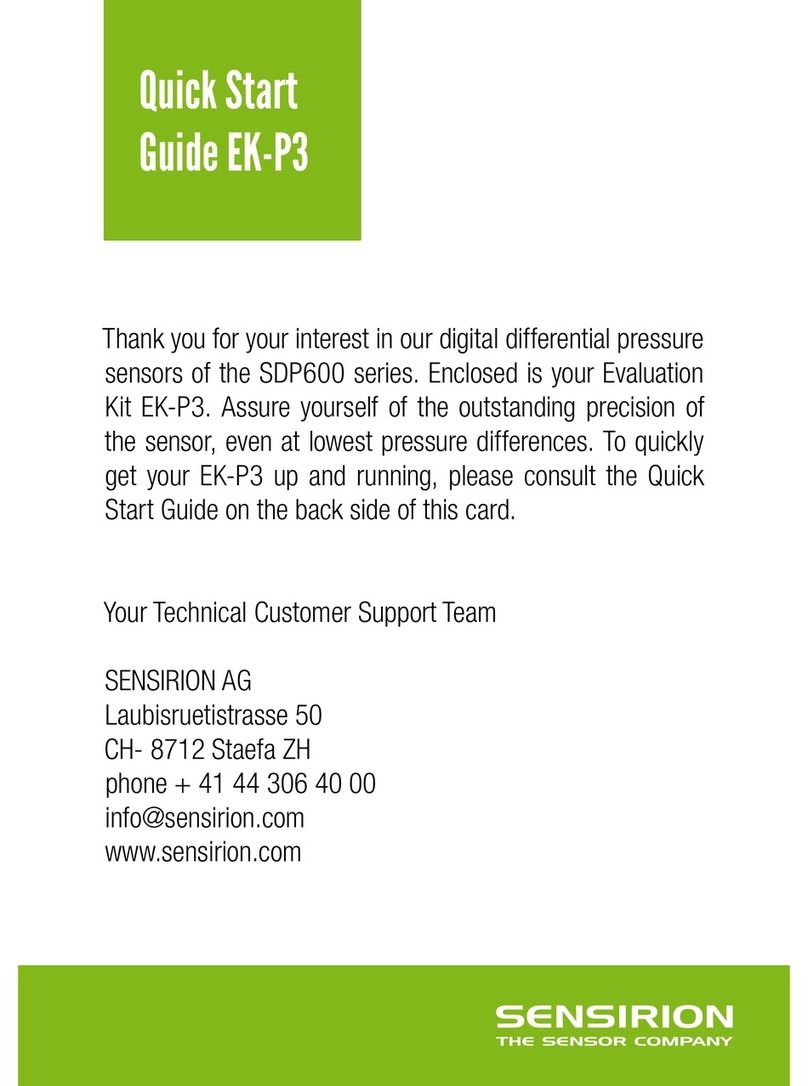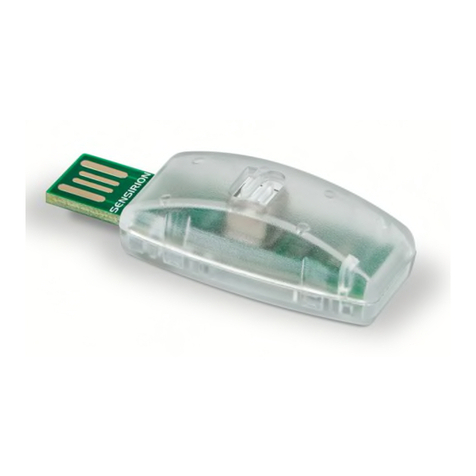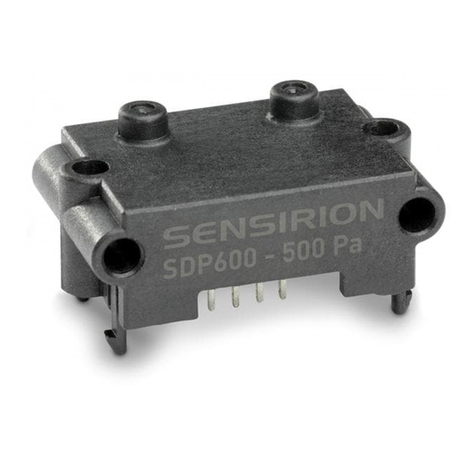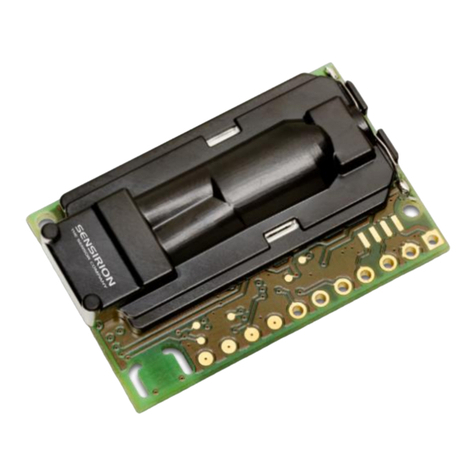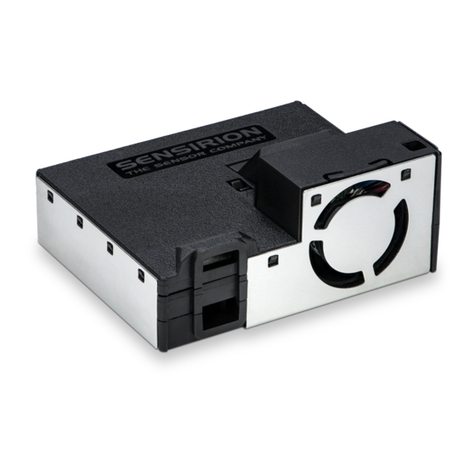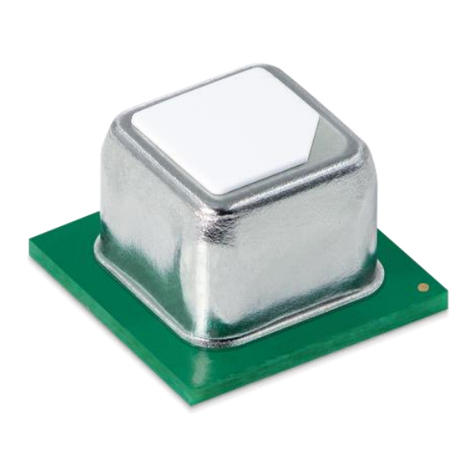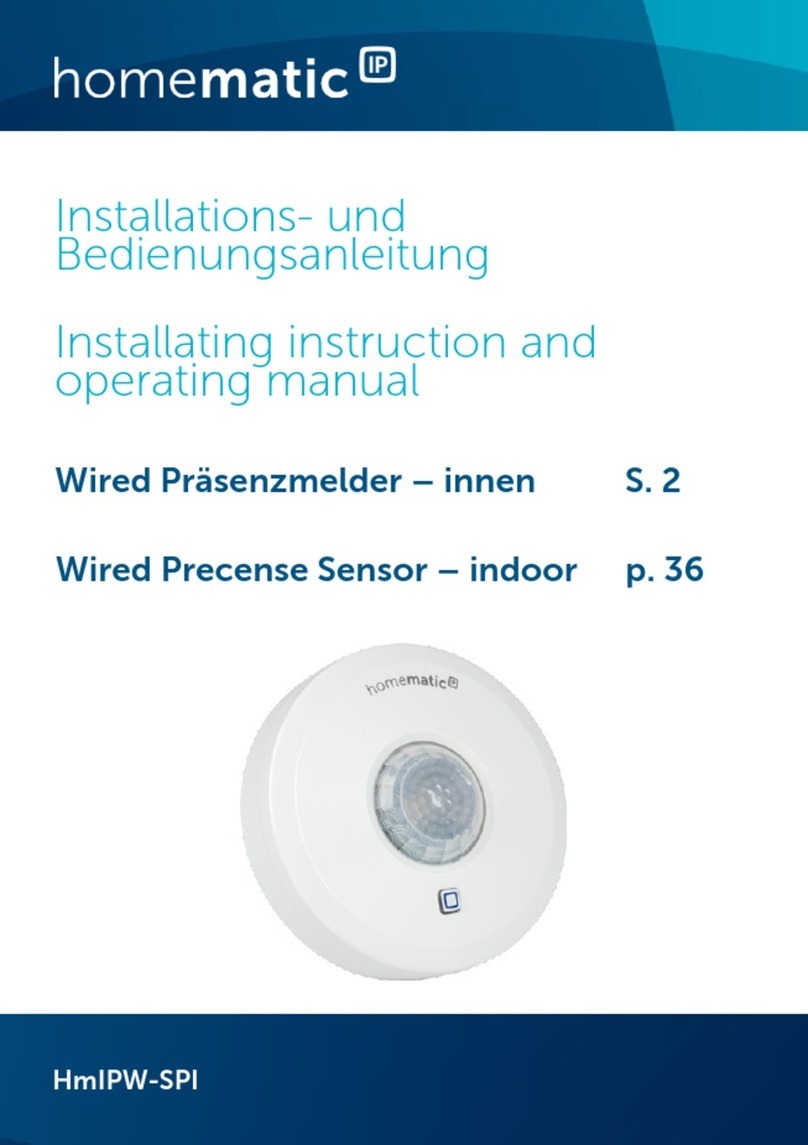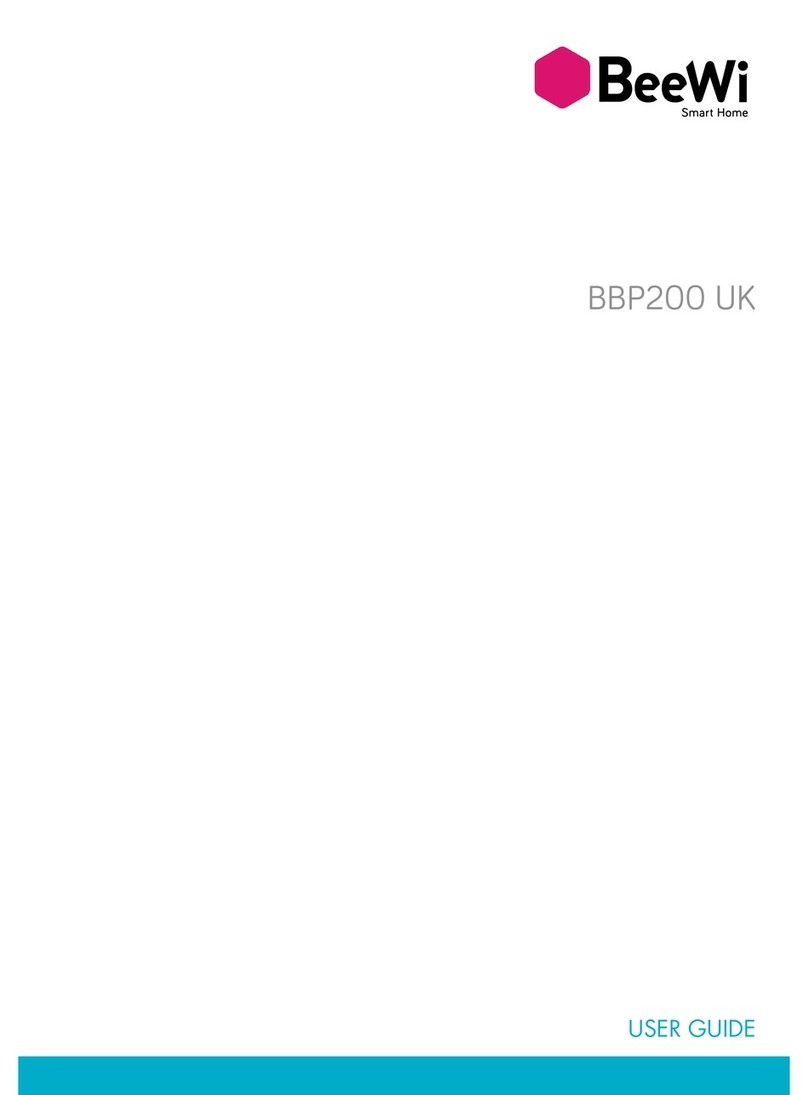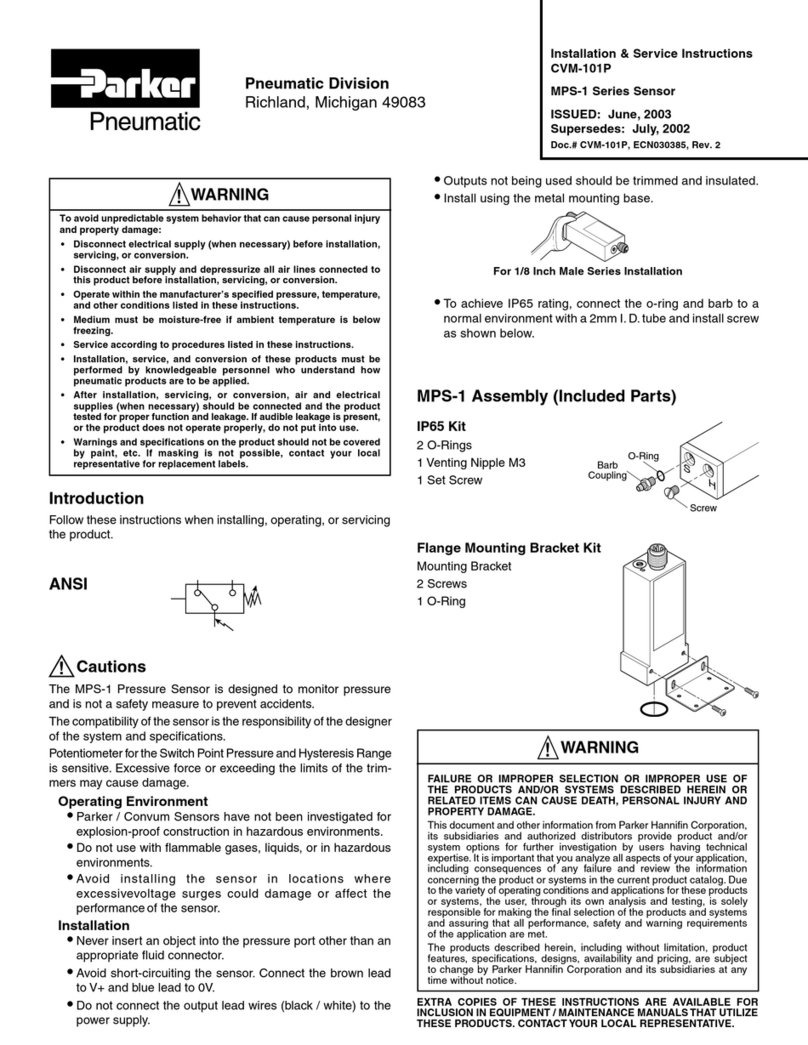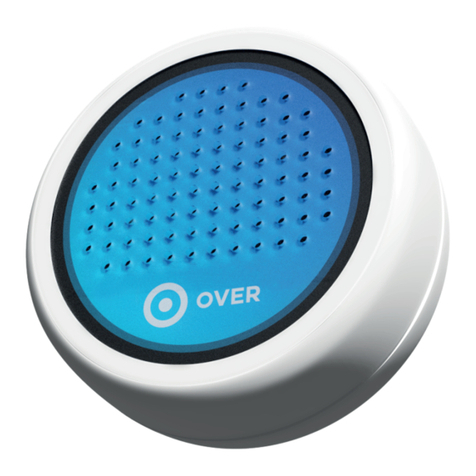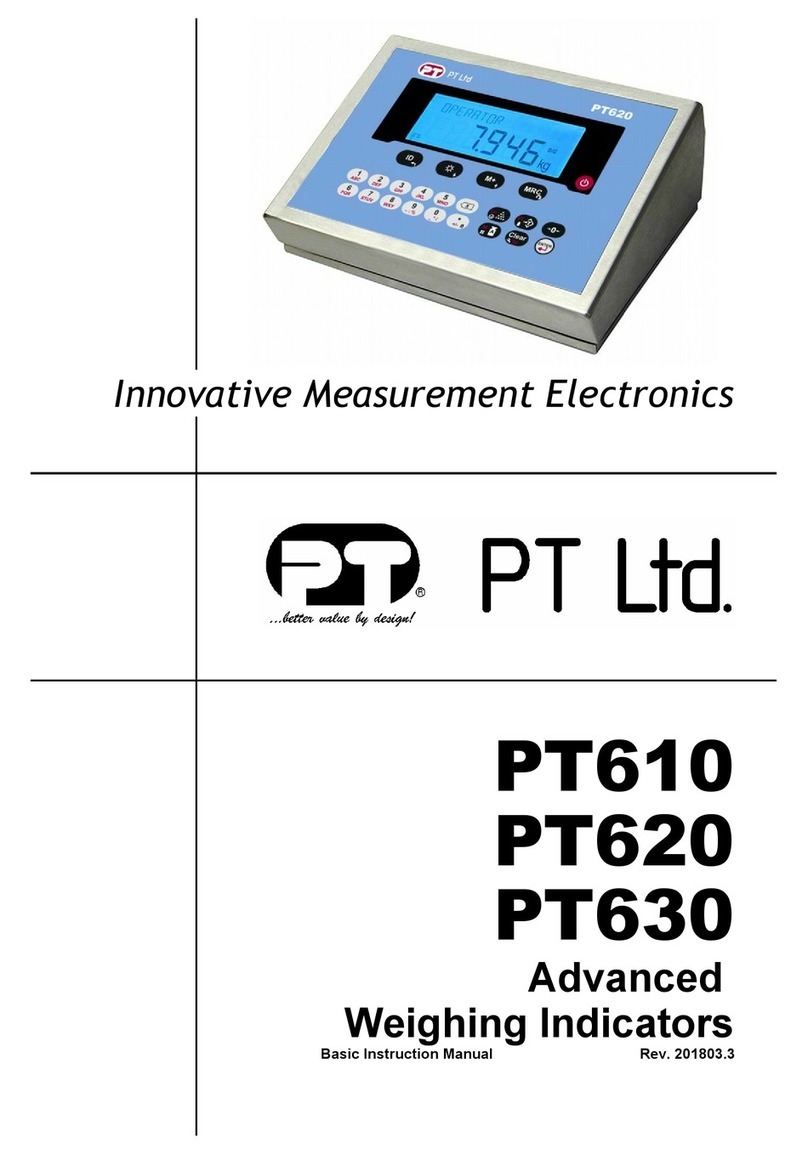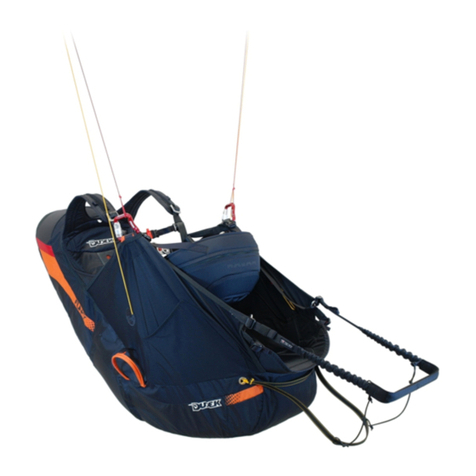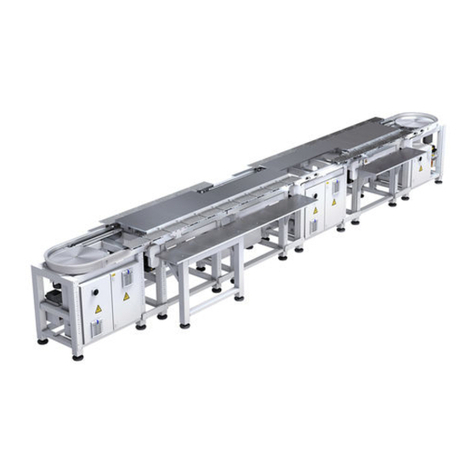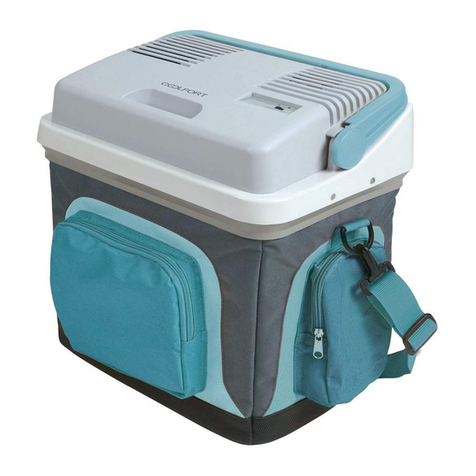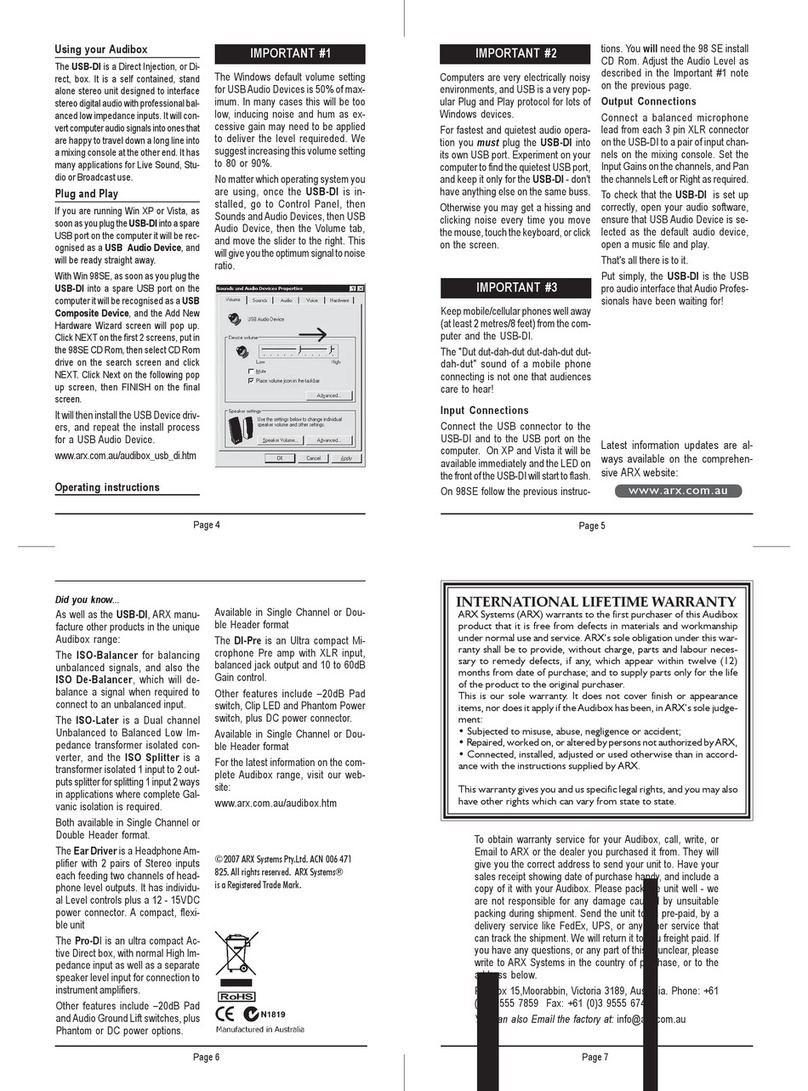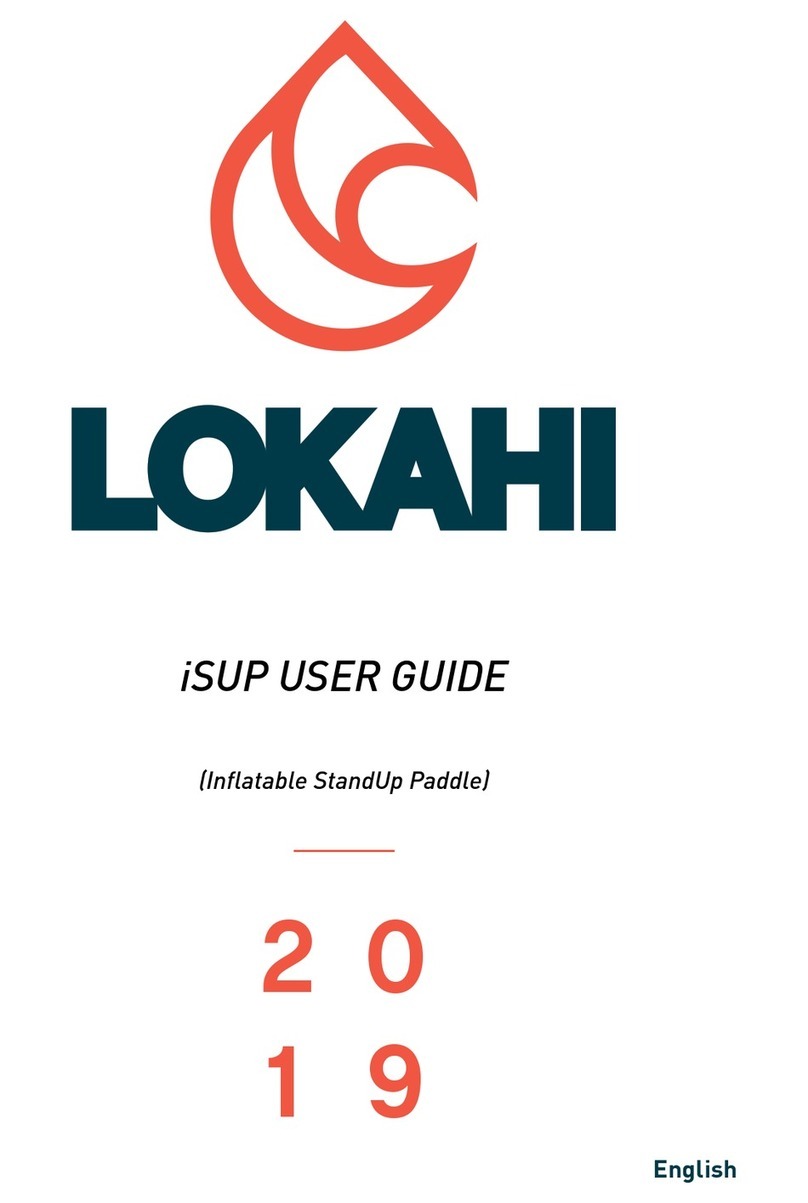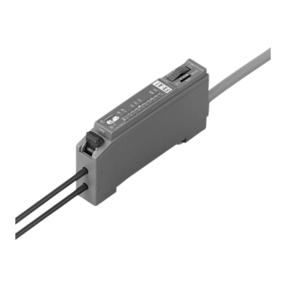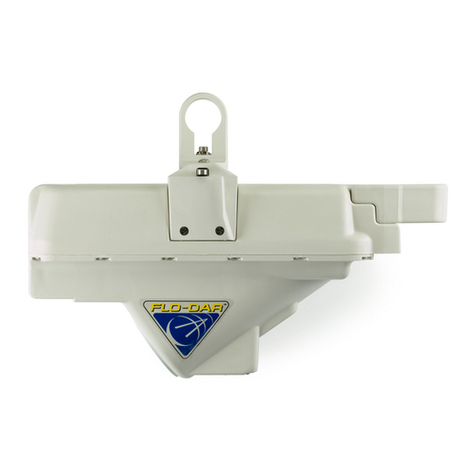www.sensirion.com Version 1.3 –September 20222/24
Table of Contents
1Sensor Performance .........................................................................................................................................3
1.1 CO2Sensing Performance ..........................................................................................................................3
1.2 Humidity Sensing Performance ...................................................................................................................3
1.3 Temperature Sensing Performance5...........................................................................................................3
2Specifications ....................................................................................................................................................4
2.1 Electrical Specifications...............................................................................................................................4
2.2 Absolute Maximum Ratings.........................................................................................................................4
2.3 Interface Specifications ...............................................................................................................................5
2.4 Timing Specifications...................................................................................................................................6
2.5 Material Contents ........................................................................................................................................6
3Digital Interface Description.............................................................................................................................7
3.1 Power-Up and Communication Start ...........................................................................................................7
3.2 Data type & length.......................................................................................................................................7
3.3 Command Sequence Types........................................................................................................................7
3.4 SCD4x Command Overview........................................................................................................................8
3.5 Basic Commands ........................................................................................................................................9
3.6 On-Chip Output Signal Compensation ......................................................................................................10
3.7 Field Calibration ........................................................................................................................................12
3.8 Low Power operation.................................................................................................................................14
3.9 Advanced Features ...................................................................................................................................15
3.10 Low power single shot (SCD41) ................................................................................................................17
3.11 Checksum Calculation...............................................................................................................................19
4Mechanical specifications ..............................................................................................................................20
4.1 Package Outline ........................................................................................................................................20
4.2 Land Pattern..............................................................................................................................................20
4.3 Tape & Reel Package................................................................................................................................21
4.4 Moisture Sensitivity Level..........................................................................................................................21
4.5 Soldering Instructions................................................................................................................................22
4.6 Traceability................................................................................................................................................22
5Ordering Information.......................................................................................................................................22
6Revision History ................................................................................................................................................23
ESD Precautions .................................................................................................................................................24
Warranty ..............................................................................................................................................................24




















